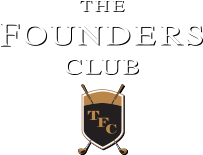Sarasota, Florida has a rich and vibrant history spanning hundreds of years. From the origins of the city’s name to the historical landmarks still prevalent today, let’s take a look at the deep-rooted history of our beautiful city.
Before the Discovery of Sarasota
Before Sarasota, FL became the place "Where Urban Amenities Meet Small-Town Living,” where residents can spend the day relaxing on award-winning beaches, shopping and dining in a beautiful downtown area, or expanding their horizons with exquisite cultural and entertainment attractions, our city was no more than a brief resting place for natives. Historical documents show records dating back more than ten thousand years when people were hunting and gathering to find food and water sources provided the best opportunities to find game. Indians were the first to discover the abundant game and wild fruits of the area until explorers began discovering the region for themselves.
Europe Finds Sarasota
The seasonal activity displayed by the natives continued until 1539 when Spanish conquistador, Hernando de Soto, found his way into South Tampa. It is said that de Soto called the area Zarasota, which translates to Radiance of Soto (Zara is the Arabic word for Radiance), but many names for the Sarasota area have been recorded throughout history, including Zara Sota, ZaraSota, Sarazota, and Sarasota, to name a few. The name Zara Zote also appeared in the early 18th century, but was possibly retained as Sara Sota along the way. Sara Sota first appeared on a map in 1839, but we’re getting a bit ahead of ourselves.
In the years after de Soto’s naming convention, others found the abundance of life in the Sarasota area and fishermen and traders discovered the benefits of settling there. Americans and Cubans established fishing camps called Ranchos along the bay and traded fish and turtles with the merchants in Havana, Cuba.
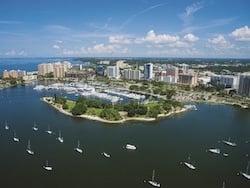
Sarasota FL’s First Boom
After the acquisition of Florida as a US territory in 1819, the army established Fort Armistead in Sarasota along the bay. This fort would later be abandoned due to epidemics, but not before displacing many Native Americans. By the time the fort was abandoned, many Native Americans had already been forced to leave, and the remaining natives were forced into the Big Cypress Swamp further south or deported to Oklahoma.
It wasn't until the time period between 1868 and 1883 that Sarasota experienced its first large scale discovery trend. During this time, William H. Whitaker came to the area and became the first permanent settler/pioneer of European descent. He was deeded 144.82 acres on September 1, 1851 on Sarasota Bay. The Whitaker Bayou was named after him.
Another person of record during this discovery boom was John Webb. Webb moved to Sarasota and opened the first “manufacturing plant” to refine sugar and produce syrup. His homestead was named Spanish Point, but there was a federal regulation that stated you could only use one word for postal designations so he renamed it Osprey (as in the current Osprey Avenue in Sarasota FL). This one-word rule for postal designations may also be the reason Sara Sota became Sarasota, but we’re just speculating on that.
 The area began to develop in the early 1870’s, with settlers visiting the area and beginning to stay. The Swampland Act changed all of that and about 700,000 of land were sold to wealthy land speculators, who anticipated their value and would later on sell them to those wanting to make Sarasota their home. The Florida Mortgage & Investment Co., Ltd. was one of the companies that would make an attempt to revitalize the colony by selling off parcels of land and making steamship connections with Tampa in 1894. John W. Gillespie, a manager of The Florida Mortgage & Investment Co., Ltd., saw the potential in the area and built the DeSota Hotel to attract others. He also developed what some say was the first practice golf course in America. It featured only two holes, but would later expand to nine holes. The Spanish-American War in 1898 also aided in the colony’s growth, as cattlemen would drive their herds to slaughter to feed the soldiers.
The area began to develop in the early 1870’s, with settlers visiting the area and beginning to stay. The Swampland Act changed all of that and about 700,000 of land were sold to wealthy land speculators, who anticipated their value and would later on sell them to those wanting to make Sarasota their home. The Florida Mortgage & Investment Co., Ltd. was one of the companies that would make an attempt to revitalize the colony by selling off parcels of land and making steamship connections with Tampa in 1894. John W. Gillespie, a manager of The Florida Mortgage & Investment Co., Ltd., saw the potential in the area and built the DeSota Hotel to attract others. He also developed what some say was the first practice golf course in America. It featured only two holes, but would later expand to nine holes. The Spanish-American War in 1898 also aided in the colony’s growth, as cattlemen would drive their herds to slaughter to feed the soldiers.
Lewis Colson also came to Sarasota as a surveyor with the Florida Mortgage & Investment Co., Ltd. during that time and he and his wife settled in what would later become Overtown. Colson worked for engineer Richard E. Paulson, but his interests ran far deeper. After establishing himself in the community, he donated property to build the city’s first African American church, Bethlehem Baptists Church, which still stands today. He was a reverend at the church from 1899-1915. In the early years of Overtown, black residents developed a thriving community thanks to Colson and the Colson Hotel was constructed in his honor in 1926. The hotel catered to African American tourists up until the 1950’s when it was renamed the Hotel Palm.
The town was now growing quickly and had been platted and surveyed before the parcels of land were sold. However, when investors arrived, they did not find the abundance of homes, stores, and streets they were promised and the development halted before it even began. Many of the families that had taken up residence in the area left. Only but a few remained, including Gillespie who then began developing the area using the plans developed for the failed colony.
Sarasota’s Growth Through Key Residents
Through the development of the area by Gillespie, the colony began to grow. In 1899, the first newspaper was established, along with the first telephone service, and the Seaboard Railroad bridge extended its line from Tampa to Sarasota in 1902. After that, it was only a short time before Sarasota was incorporated as a town on October 14, 1902.
 In 1910, Mrs. Bertha Honore Palmer visited Sarasota and liked it so much, she bought between 80,000 and 90,000 acres of land. She was the region’s largest landholder, rancher, and developer, and one of the key players in the town’s growth. Once she began spending her time in Sarasota, she established a cattle ranch called Meadow Sweet Pastures. Palmer pioneered large scale farming and dairy in the area and made significant contributions to practices that enabled the development of crops shipped to other parts of the country. She even owned a large piece of land that is now the Myakka State Park, as well as land that now consists of portions of the Oscar Scherer State Park. You can take a tour of Historic Spanish Point and learn more about Palmer, as well as the first visitors to the area, the Seminole Indians.
In 1910, Mrs. Bertha Honore Palmer visited Sarasota and liked it so much, she bought between 80,000 and 90,000 acres of land. She was the region’s largest landholder, rancher, and developer, and one of the key players in the town’s growth. Once she began spending her time in Sarasota, she established a cattle ranch called Meadow Sweet Pastures. Palmer pioneered large scale farming and dairy in the area and made significant contributions to practices that enabled the development of crops shipped to other parts of the country. She even owned a large piece of land that is now the Myakka State Park, as well as land that now consists of portions of the Oscar Scherer State Park. You can take a tour of Historic Spanish Point and learn more about Palmer, as well as the first visitors to the area, the Seminole Indians.
Palmer also contributed to tourism by encouraging the friends within her economic circle to spend their winter retreats in Sarasota. With the war in Europe, she was easily able to establish Sarasota as a winter getaway and she built a resort to cater to the new tourists in the area.
Around the same time, two sisters - Katherine McClellan and Daisietta McClellan - became real estate developers. They created the McClellan Park subdivision - one of the most significant and successful residential neighborhoods south of Downtown Sarasota today.
In 1911, Mable and John Ringling spent their winter in Sarasota, staying at the home of Charles N. Thompson, a land developer and a manager for another circus. Ringling bought a parcel of land from Thompson and several other members of the Ringling family followed suit. The compound grew and in 1919, the Ringling Brothers Circus established its winter home in Sarasota. You can still take tours of the John and Mable Ringling Estate to this day.
Just one year after Palmer, the McClellan sisters, and the Ringling Brothers boosted the activity in the region, Sarasota was incorporated as a city on May 13, 1913.
Sarasota FL’s Continued Growth
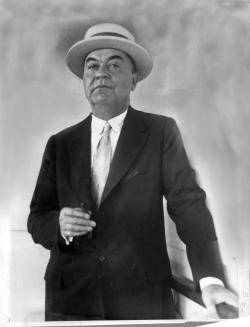 The Ringling family shaped many areas in Sarasota. Their popularity grew and they began purchasing small and failing circuses to add to their repertoire. Charles Thompson joined the Ringling Brothers Circus and together, they consolidated all of their circuses into one entity and dubbed it “the greatest show on Earth.” John Ringling was also a land developer and invested heavily in the barrier islands, which we now know as the Sarasota Keys. The Ringling Circus is still a part of the Sarasota community today with the Edith Ringling Estate now the center of the New College of Florida campus and a Ringling Brothers Museum in operation.
The Ringling family shaped many areas in Sarasota. Their popularity grew and they began purchasing small and failing circuses to add to their repertoire. Charles Thompson joined the Ringling Brothers Circus and together, they consolidated all of their circuses into one entity and dubbed it “the greatest show on Earth.” John Ringling was also a land developer and invested heavily in the barrier islands, which we now know as the Sarasota Keys. The Ringling Circus is still a part of the Sarasota community today with the Edith Ringling Estate now the center of the New College of Florida campus and a Ringling Brothers Museum in operation.
Due in large part to Palmer and the Ringling family, the area flourished. Manatee County grew and there was a push to establish a new and separate identity. Three counties were carved out of portions of Manatee County and Sarasota County was established in 1923. During the next few years, John Ringing contributed heavily to the development of St. Armand’s Key and even constructed the bridge from the mainland to St. Armand’s Key, now called the Ringling Bridge. There's even an urban myth that Ringling used his circus elephants to help construct the bridge. Ringling’s association to Sarasota also led to major league spring training to come to Sarasota Florida.
In 1926, the financial problems of The Great Depression resulted in bank failures and many large projects that had been started during the Roaring 20’s were left unfinished. The city was slowly built back up and many of the historical and cultural venues still in operation today were established during that time. The Sarasota Orchestra was founded in 1949 by Ruth Cotton Butler and in the early 1950’s, the John and Mable Ringling Museum of Art purchased a historic Italian theater, the Asolo - now the Historic Asolo Theater.
Through the mid-1950’s, Sarasota kept growing. In the 1960’s, the Van Wezels built a performing arts hall on the bay front and visitors to Sarasota can still enjoy a show at the Van Wezel Performing Arts Hall today. The city’s growth continued to flourish through the 1960’s and 1970’s until the recession in the late 1970’s. Growth began again the in the 1980’s and early 1990’s, and the area prospered. This cycle of recession and growth occurred again in 2008, when the economy took a nosedive and then proceeded to bounce back. Sarasota, FL is now the same strong city it has always been with a rich and diverse history, beautiful natural scenery, and an abundance of culture, arts, and entertainment.
New Opportunities in Sarasota Real Estate
The draw that has always existed for the beautiful city is still prevalent today, with the U.S. Census Bureau stating that Florida topped 20 million people in 2015 and surpassed California in its migration rates from other states and other countries. More and more people, both national and international are discovering the beauty, history, and entertainment found in Sarasota, Florida. Although it may seem as though you’ll be fighting for space in the city, The Founders Club provides a unique opportunity for residents to be close enough to enjoy all of the benefits of city living, but still far enough away to be free of the hustle and bustle of everyday city life. Download our brochure to learn more about how you can experience the best of both worlds at The Founders Club in Sarasota.


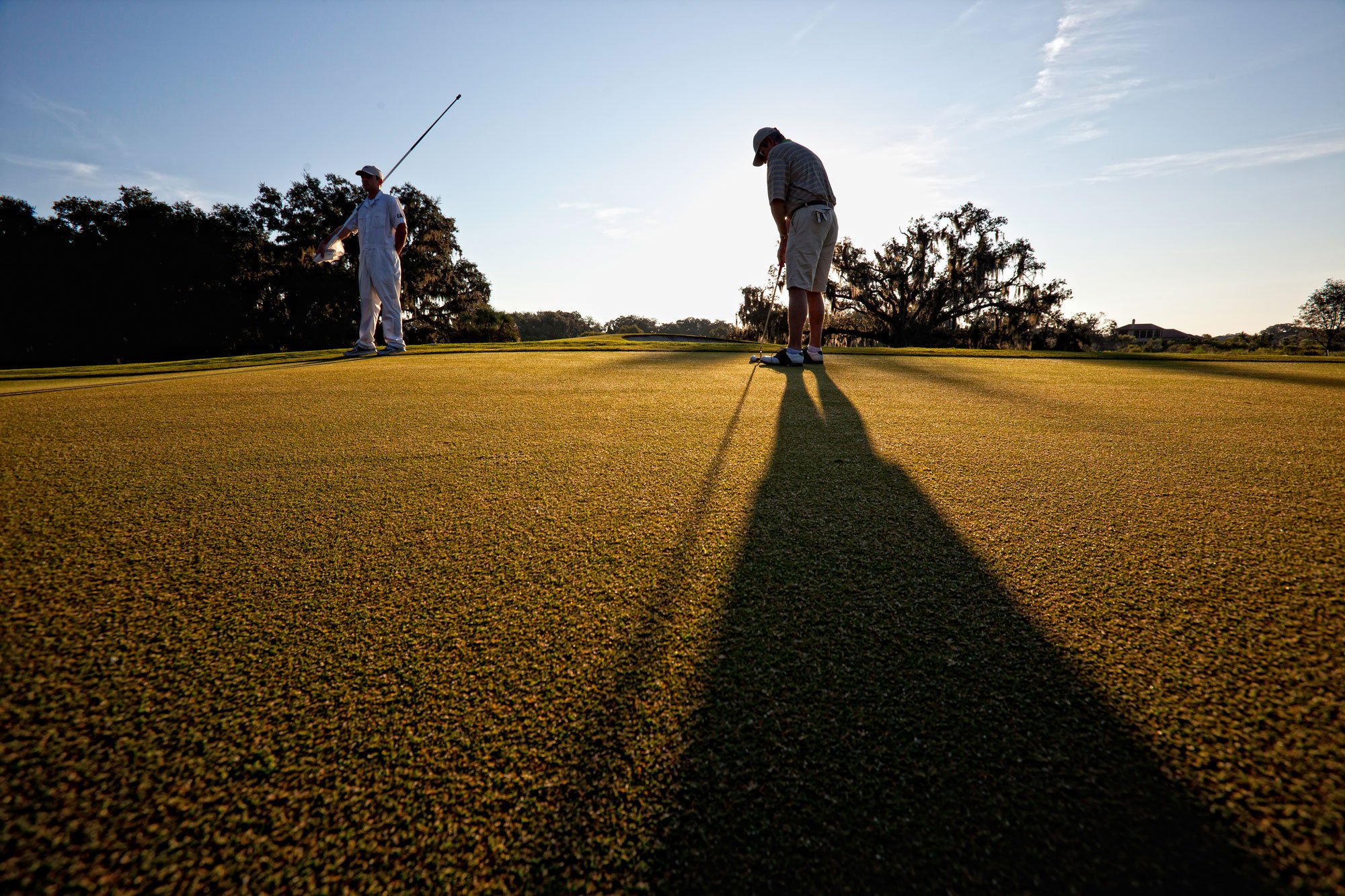
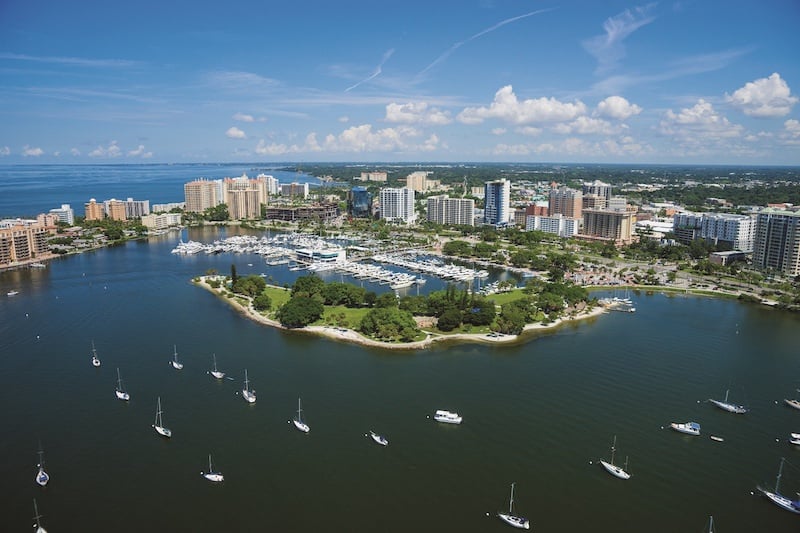

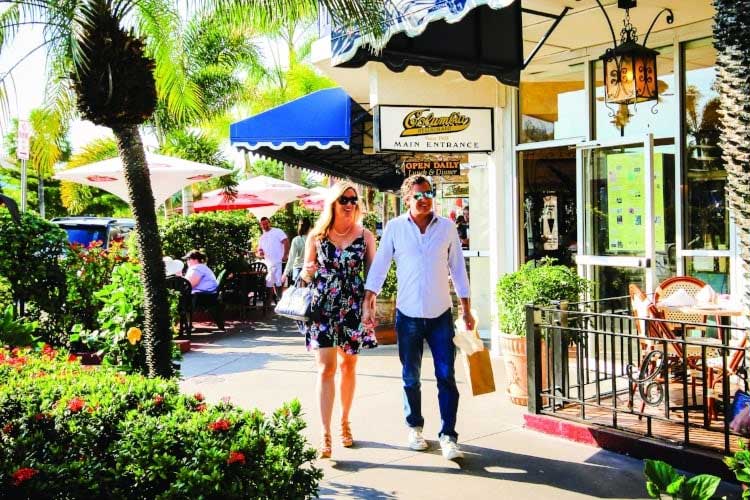

.jpg)

